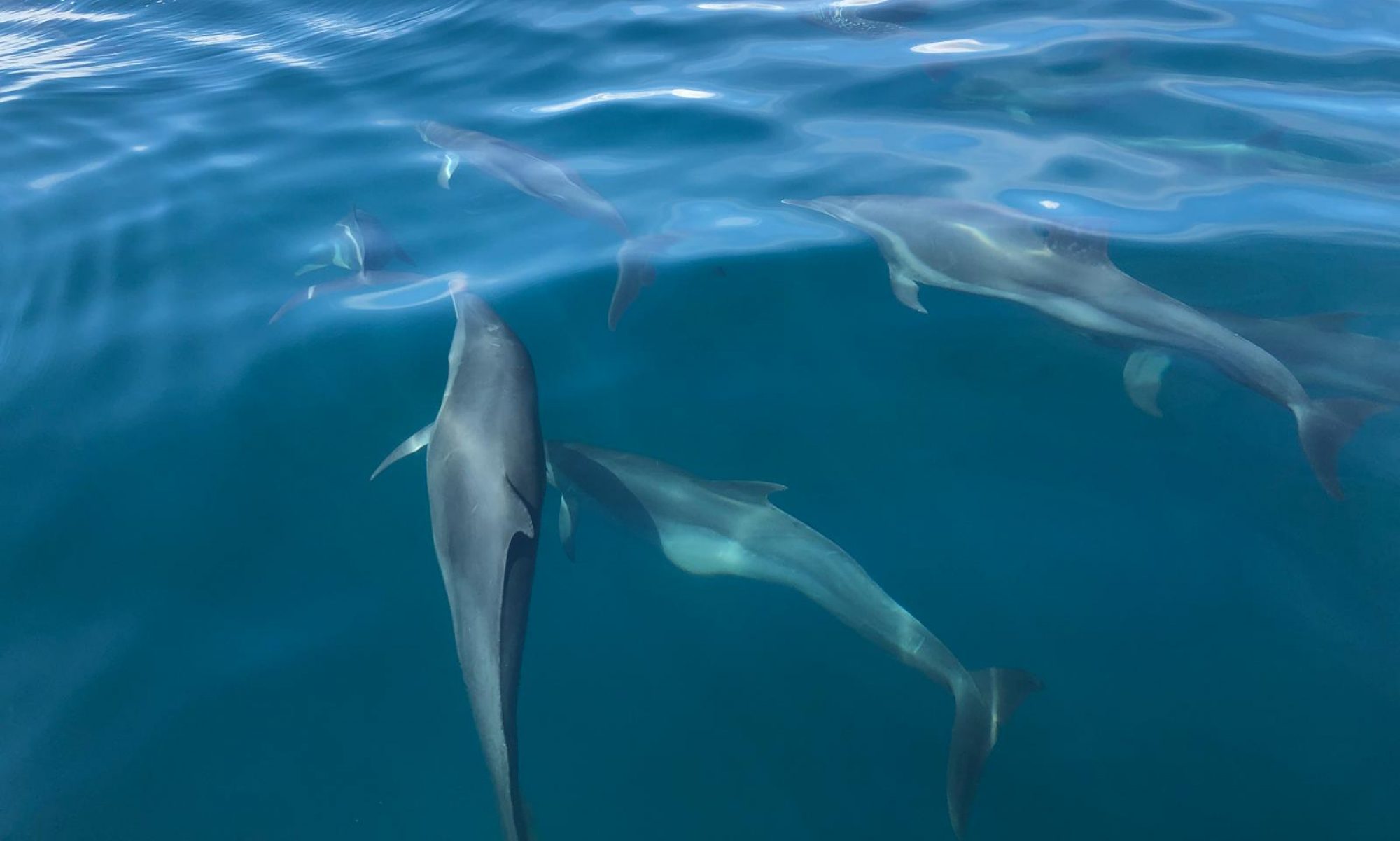Birds of Costa Rica
Costa Rica has long been a top destination for bird enthusiasts. With one tenth of all known bird species in the world inhabiting this small country, it is a birdwatchers paradise.
Those looking for exquisite avifauna will not be disappointed. Including Coco Island, Costa Rica hosts more than 850 species with 600 of them permanent residents. Of those, 51 species are hummingbirds and 16 species are parrots from diminutive green parakeets to giant scarlet macaws…. And who can forget the toucan!
Specifically Costa Rica’s South Pacific Coast is home to over 450 species of birds. About a dozen of these species are endemic, restricted to this region and adjacent Panama. These regional endemics include four species of conservation concern, which inhabit lush tropical forests and coastal mangroves along the Osa Peninsula:
- Turquoise Cotinga (Cotinga ridgwayi)
Most of its habitat has already been destroyed. The Turquoise Cotinga’s conservation status is listed as vulnerable by BirdLife International.
- Mangrove Hummingbird (Amazilia boucardi)
An endangered species endemic to Costa Rica’s Pacific Coast, the Mangrove Hummingbird, as its name suggests, occurs mainly in mangroves. Although protected by law in Costa Rica, mangroves harbouring this species continue to be cleared for shrimp farms and coastal development.
- Yellow-billed Cotinga (Carpodectes antoniae)
The Yellow-billed Cotinga is an endangered species endemic to Costa Rica’s Pacific Coast and adjacent westernmost Panama. Little is known about its population distribution or seasonal movements. They are thought to breed within mangroves, and wander widely through forests after breeding. The mangroves of the northern Osa Peninsula are thought to be a stronghold for this species, but recent surveys are demonstrating that the nearby forests provide critical foraging areas for these birds.
- Black-cheeked Ant-Tanager (Habia atrimaxillaris)
The Black-Cheeked Ant-Tanager is an endangered species, restricted to forests of the Osa Peninsula and Golfo Dulce in Costa Rica. It also qualifies as an Alliance for Zero Extinction trigger species. Much of its habitat outside of the Osa has been destroyed but some local organizations are doing what they can to ensure their survival.
In addition to these endemic species, the Osa Peninsula supports one of the healthiest populations of Scarlet Macaws in Central America. Migrant shorebirds and songbirds from North America use the Osa Peninsula during northern winters. Neotropical migrants include the U.S. WatchListed Olive-sided Flycatcher, Wood Thrush, Golden-winged Warbler, Kentucky Warbler, Prothonotary Warbler, and Canada Warbler. WatchListed shorebirds occurring here include the Snowy Plover, Wilson’s Plover, American Golden-Plover, Marbled Godqit, Wandering Tattler, Surfbird, Red Knot, Sanderling, Semipalmated Sandpiper, Western Sandpiper, White-rumped Sandpiper, and Stilt Sandpiper.
The plumage of a single bird species can vary with sex, age, and time of year. Such variability, combined with high species diversity, means that bird watching tours at any time of the year will likely result in shows of spectacular plumage.
A number of birding specialist guides focus on different habitats, so serious birders can jump around the peninsula and take it all in and Sunday birders can settle on one and still have plenty of stories to tell back home.
